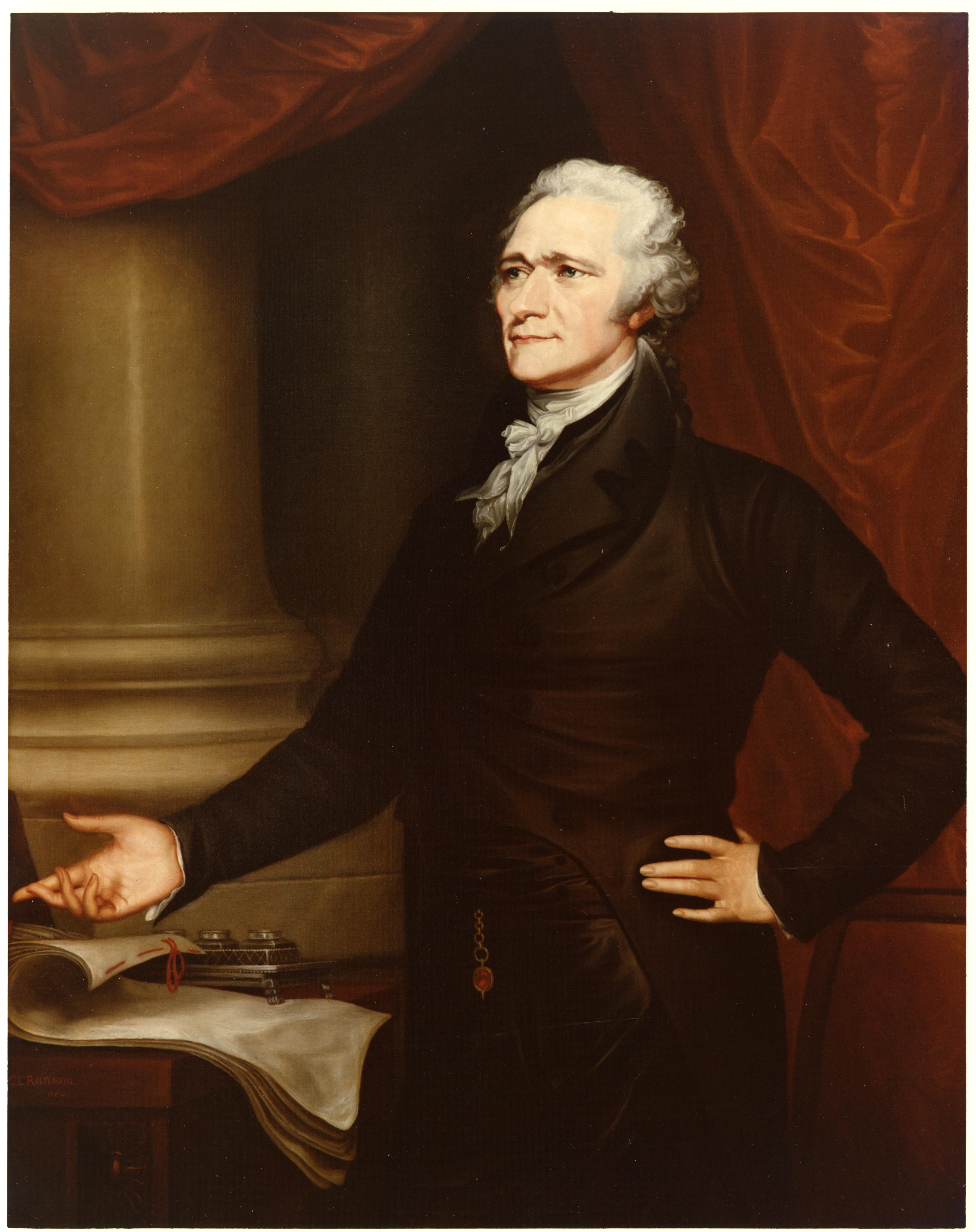 On Aug. 4, 1790, President George Washington signed legislation establishing a maritime force simply called “the cutters” or “the system of cutters.” Thus was born the United States Revenue Cutter Service, known today as the U.S. Coast Guard.
On Aug. 4, 1790, President George Washington signed legislation establishing a maritime force simply called “the cutters” or “the system of cutters.” Thus was born the United States Revenue Cutter Service, known today as the U.S. Coast Guard.
Congress empowered these cutters to enforce national laws, in particular those dealing with tariffs. This small fleet was the first U.S. naval force available to protect U.S. maritime interests in the early years of the new republic. The federal government would later establish the U.S. Navy in the late 1790s,
Creating Alexander Hamilton's fleet
This fleet came into being because a visionary saw the need for U.S. vessels to enforce laws and protect commerce. That visionary was 32-year-old Treasury Secretary Alexander Hamilton, who advocated the establishment of a U.S. sea service years before taking office in 1789. In the November 1787 pub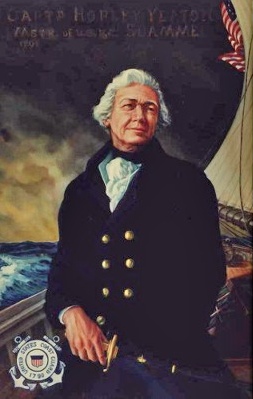 lication of Federalist Number 12, he wrote, “A few armed vessels, judiciously stationed at the entrances of our ports, might at small expense be made useful sentinels of the laws.” After becoming treasury secretary, Hamilton submitted a bill to Congress that established a revenue marine fleet of 10 vessels serving ports in the northeast, mid-Atlantic and southeastern states.
lication of Federalist Number 12, he wrote, “A few armed vessels, judiciously stationed at the entrances of our ports, might at small expense be made useful sentinels of the laws.” After becoming treasury secretary, Hamilton submitted a bill to Congress that established a revenue marine fleet of 10 vessels serving ports in the northeast, mid-Atlantic and southeastern states.
Washington appointed 10 cutter masters who oversaw construction of these first ships built by the U.S. The cutters received a schooner rig carrying topsails on each mast and an armament of four swivel guns, muskets and small arms. The cutters lacked the uniformity in design and construction of later federal vessels, varying between 38 and 70 tons displacement. The service even re-rigged some of the smaller schooners as sloops. With an eye to U.S. manufacturing, Hamilton required all cutter material be produced domestically. He issued orders requiring a specific number of weapons, tools, and instruments issued each cutter, even down to the kind and amount of sailcloth.
Crew pay incentives: Proceeds from smuggled goods
Hamilton also took special interest in manning his fleet. Commanding officers were responsible for enlisting each cutter’s crew, which consisted of the master; first, second and third mates; four enlisted men; and two boys. Hamilton thought it best to provide a large number of 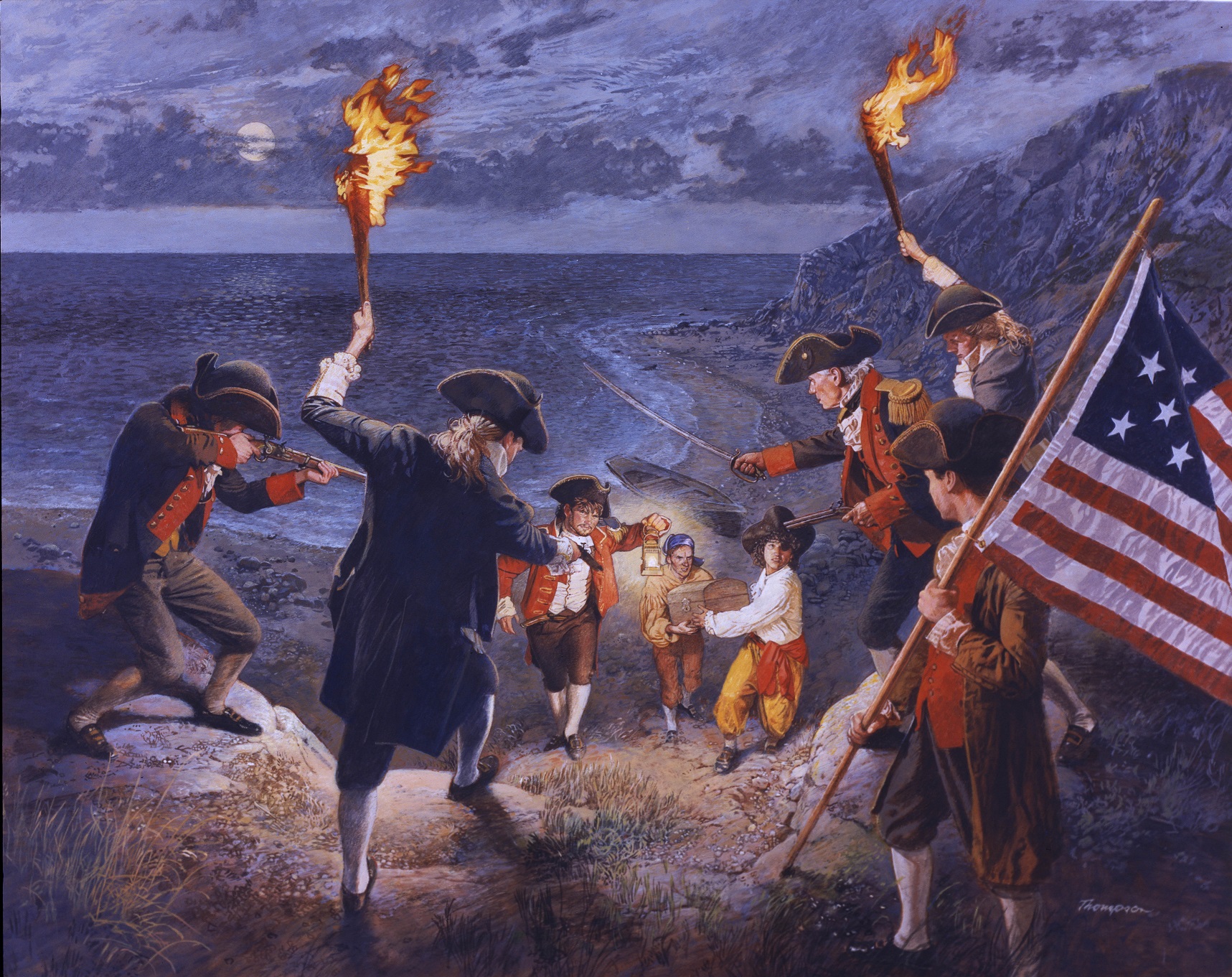 junior officers in case one or more had to ride an inbound merchant vessel to ensure the integrity of its cargo. To supplement their base salary and increase their zeal for the work, officers and crew received part of the proceeds derived from fines, penalties, and forfeitures collected from seizures of illegal cargo and smuggled goods.
junior officers in case one or more had to ride an inbound merchant vessel to ensure the integrity of its cargo. To supplement their base salary and increase their zeal for the work, officers and crew received part of the proceeds derived from fines, penalties, and forfeitures collected from seizures of illegal cargo and smuggled goods.
Early missions: Looked a lot like our current missions
It was during these early years, that the cutter fleet adopted many missions performed by the Coast Guard today. The cutters defended American shipping ag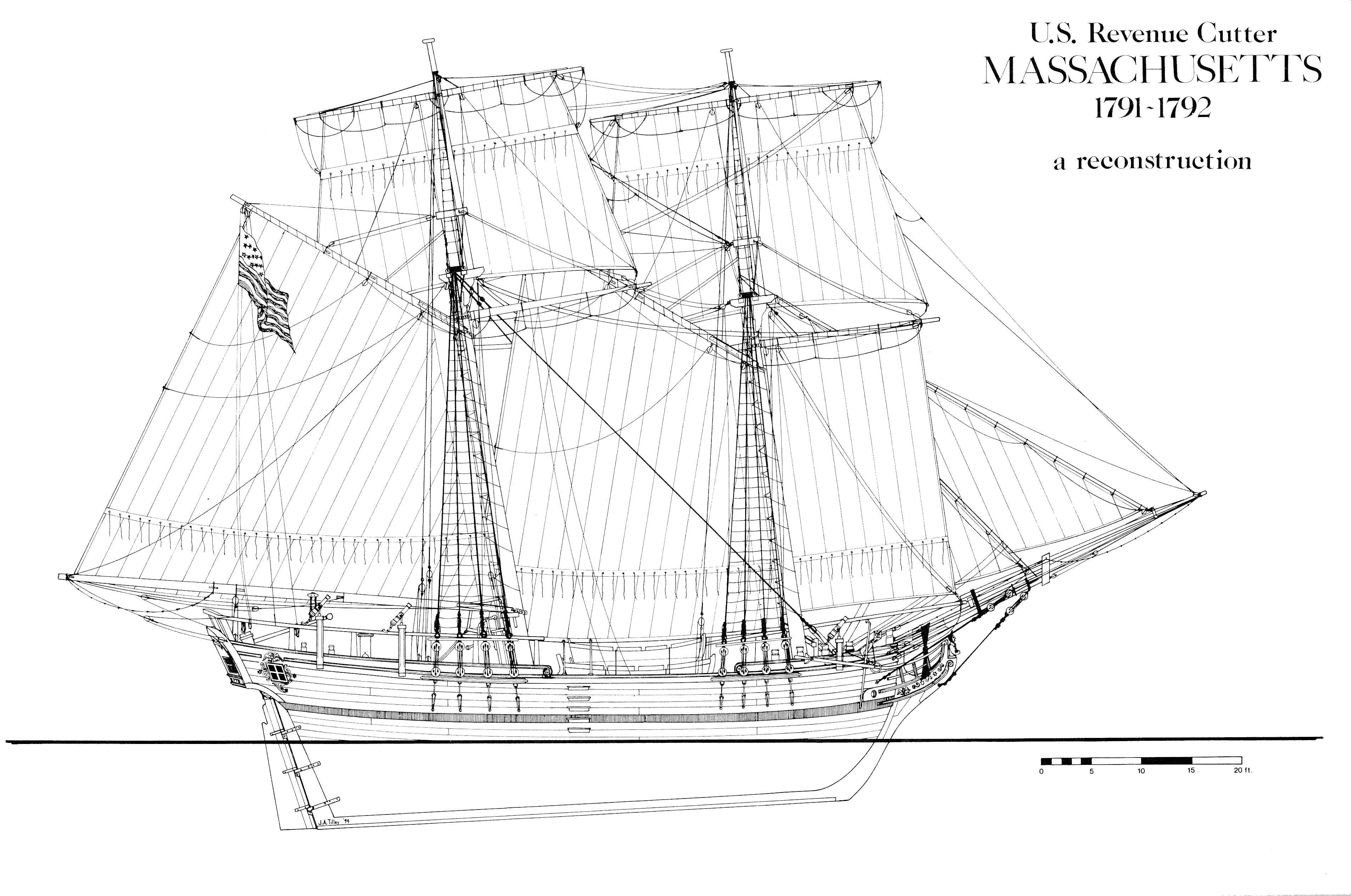 ainst piracy and enforced quarantine restrictions. A long-standing tradition of the sea compelled cutter captains to rescue mariners in distress even before Congress assigned this mission to the service. The cutters carried supplies to remotely located lighthouses and marked hazards to navigation as described in a 1793 Baltimore newspaper: “We, the Officers of the United States Cutter Active . . . have fixed a long spar on the most dangerous spot, with a red flag at the top, on which is the word ‘Rocks,’ in large white letters.”
ainst piracy and enforced quarantine restrictions. A long-standing tradition of the sea compelled cutter captains to rescue mariners in distress even before Congress assigned this mission to the service. The cutters carried supplies to remotely located lighthouses and marked hazards to navigation as described in a 1793 Baltimore newspaper: “We, the Officers of the United States Cutter Active . . . have fixed a long spar on the most dangerous spot, with a red flag at the top, on which is the word ‘Rocks,’ in large white letters.”
The cutters proved effective in sounding and surveying the shores of the new republic, so Hamilton tasked them with charting navigable waterways in their region, writing “the cutters may be rendered an instrument of useful information, concerning the coast, inlets, bays and rivers of the United States, and it will be particularly acceptable if the officers improve the opportunities they have in making such observations . . . as may be useful in the interests of navigation . . . .” And, as the n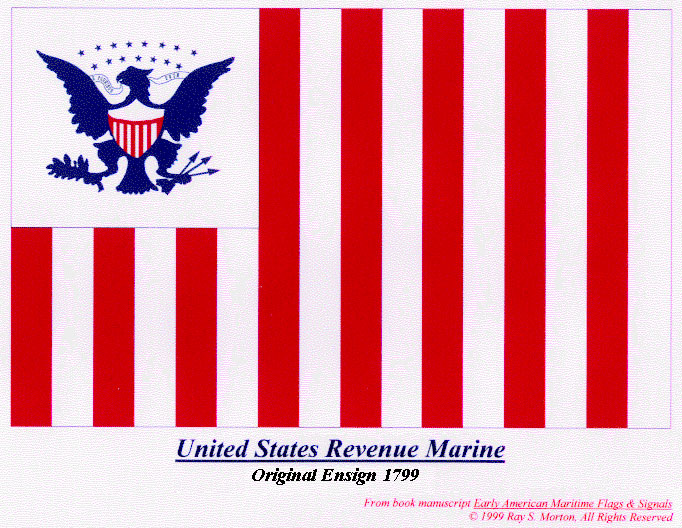 ew republic engaged in military conflicts, the revenue cutters adopted defense missions and served under the new U.S. Navy in time of war.
ew republic engaged in military conflicts, the revenue cutters adopted defense missions and served under the new U.S. Navy in time of war.
How we're moving Hamilton's cutter fleet into the future
During the 1790s, Hamilton’s cutter fleet established a reputation as multi-mission vessels in peacetime and in war. Today, the Coast Guard will embark on a new class of cutters designed to serve a multi-mission role just like the service’s first fleet of 10. The “Heritage”-Class of Offshore Patrol 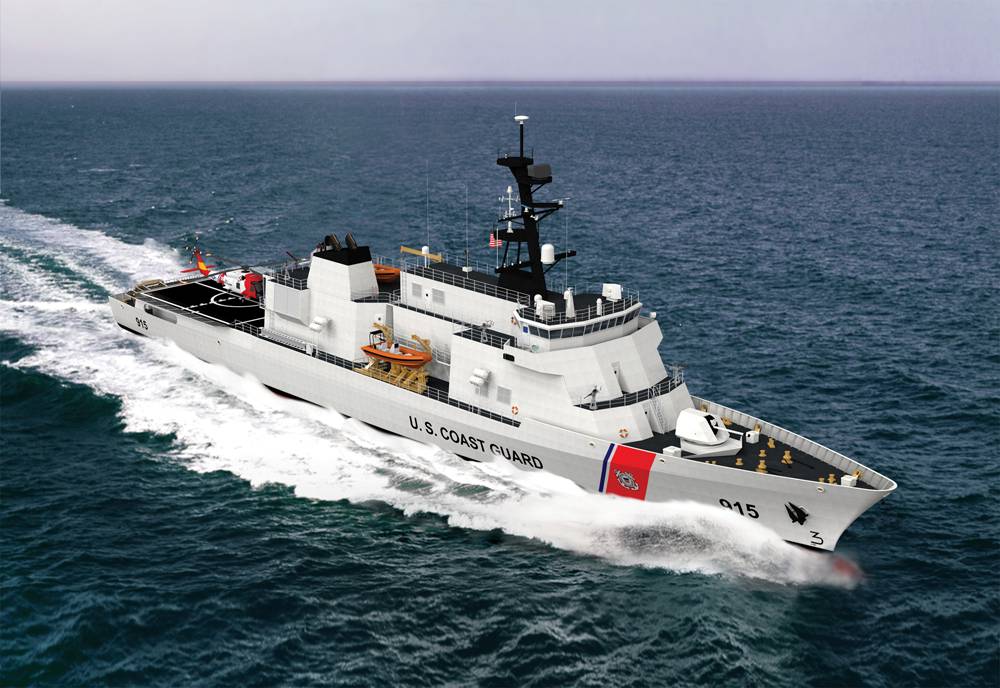 Cutters (OPC) will fill the service’s 21st-century medium-endurance demands alongside the Coast Guard’s smaller Fast Response Cutters and the larger National Security Cutters.
Cutters (OPC) will fill the service’s 21st-century medium-endurance demands alongside the Coast Guard’s smaller Fast Response Cutters and the larger National Security Cutters.
The OPCs will honor service history with cutter names made famous in the Revenue Cutter Service and Coast Guard. The first flight of 11 OPCs will include the Active, Argus, Diligence and Vigilant, named for four cutters of the first fleet and subsequent cutters with the same names. OPC Pickering will pay homage to the distinguished combat record of the Quasi-War cutter Pickering. OPC Ingham will carry the name of a 327-foot “Treasury”-Class cutter that served with distinction in World War II. OPC Icarus will honor the cutter that sank one of the first Nazi U-boats after U.S. entry into World War II. OPCs Chase and Rush will bear two cutter names long associated with the Coast Guard, most recently with two high-endurance cutters of the 378-foot Hamilton-class. And, OPCs Alert and Reliance will bear the names of two famed workhorses of the medium-endurance cutter fleet.
These 360-foot OPCs will have the endurance to operate world-wide and carry out all of the service’s maritime security and safety missions.